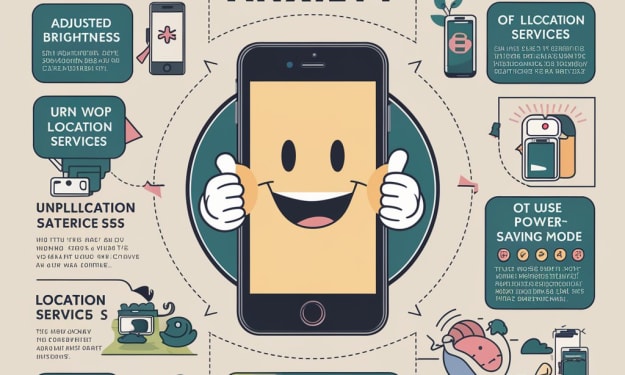Tried and Tested Time Management Tools
Make the most out of your 24 hours, by prioritizing what’s important, and dropping what’s not.

As I write this, I have five minutes before my next call, but I am determined to make a start on this article because a task that is started is much easier to complete. There are several tasks I could have looked to start in this 10-minute slot. I have a progress review to work on, I could be doing some client analysis, or I could be browsing Facebook. How do I decide what to work on? That is where time management tools come in.
This article will discuss the pros and cons of three time-management tools, to make the most out of your working day.
Eisenhower Grid
The first method is the Eisenhower Grid. This method is reportedly named after Dwight D. Eisenhower, 34th President of the United States. In this method, items are sorted into four categories based on whether they are urgent or not urgent and important or not important.
Things that are urgent and important should be done straight away. These are your priorities. This includes things like emergencies (e.g. a client’s site going down and needing to pause all ad activity) or requests from important clients.
Things that are not urgent but important should be scheduled to work on later and should be completed before they become urgent. This might include important projects, training, or performance reviews for your team.
Things that are urgent but not important should be delegated. This is the work you can give someone else in your team to do. This might include tasks that need to be done, but don’t need to be done by you, such as ad hoc reporting requests.
Things that are not urgent and not important can be deleted. These things have no place on your to-do list. This is the time to push back and say this thing is not important. If someone else insists it is important, consider delegating this task instead.
The Eisenhower Grid is a simple way of quickly organizing tasks as they come in, and helping you figure out where they should sit in terms of your priorities however, it doesn’t take into account the view of how important a task might be is subjective. My client may feel differently about how important their weekly report is compared to how I feel about it. Secondly, it assumes that you have someone else that you can delegate urgent tasks to, who is supposedly just sitting around waiting for you to need something. Lastly, it doesn’t have a solution if your list of important and urgent tasks takes up all your time. In fast-paced environments like agencies, we are constantly working on the next thing, and non-urgent things, such as self-improvement can often slip by as we try to keep up with the day-to-day.
Four D’s
In the Four D’s method, we consider four ways to deal with incoming tasks, all conveniently starting with the letter D.
Delete it: if it is not worthy of your time and attention, delete it. This may include things like marketing emails or cold calling.
Delegate it: Is this something someone else could do, or is it not your responsibility? Then delegate it to someone else. At the manager level, this could include regular tasks like weekly reports, ad hoc data requests, or campaign activations.
Do it: if it can be done in a couple of minutes, get it done now. This might be signing up for a webinar, or a quick QA on a report done by an assistant.
Defer it: if it doesn’t need to be done straight away, make a plan to do it later.
This method gives a clear way of sorting incoming tasks and is very handy when going through emails. Once practiced this can be done as second nature. The method also recognises the value of scheduling time to do things that are important but not urgent. Similar to the Eisenhower Grid this method does assume that you have someone else to who you can delegate tasks and falls down on the subjectivity of which tasks might be deleted.
ABC Method
The ABC method sorts tasks into three buckets, to decide the order in which to do things:
A: Must do — these are high priority, very important, and critical items. This includes tasks with a close deadline or high level of importance. This might include a pitch meeting or urgent report. These are the things we should do right away.
B: Should do — these are medium priority, important over time, and not so critical items. These might include planning for the next quarter, or employee development.
C: Nice to do — these are low priority items with low consequences if they don’t get done. These are at the bottom of the list. This might include a networking event, or organizing your desktop.
The benefits of this method are that it doesn’t assume you have someone else to pass work to, and doesn’t assume any tasks can be deleted. That said it does allow for subjectivity around what is important and what is not, and assumes that there will eventually be time for all tasks.
In summary, there are a few different ways you can manage your time, and decide what’s important to you and your objectives. Give them a try and find out what works for you!
If you liked this article, consider following me for more writing on happiness, health, and wellbeing.





Comments
There are no comments for this story
Be the first to respond and start the conversation.